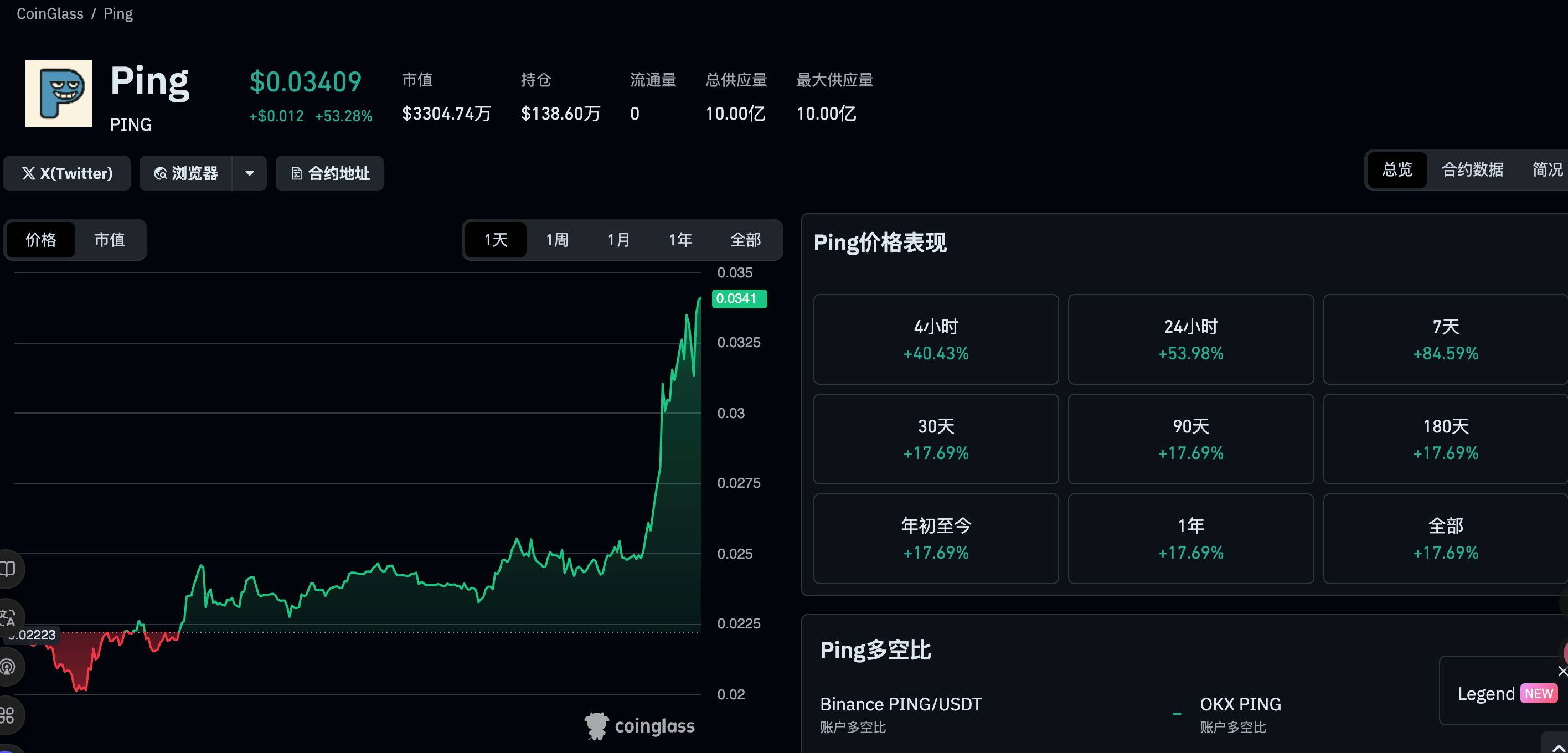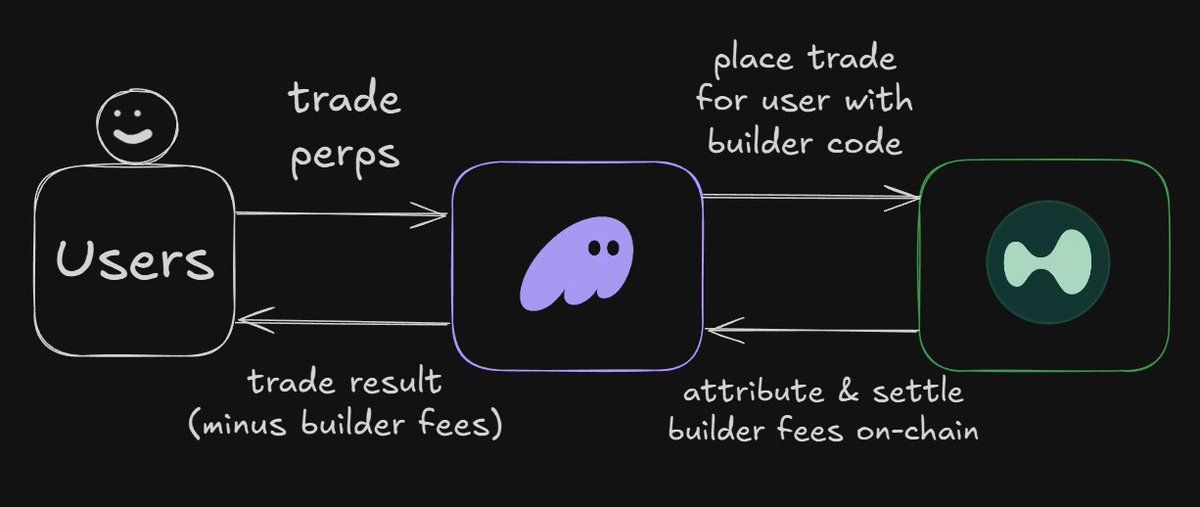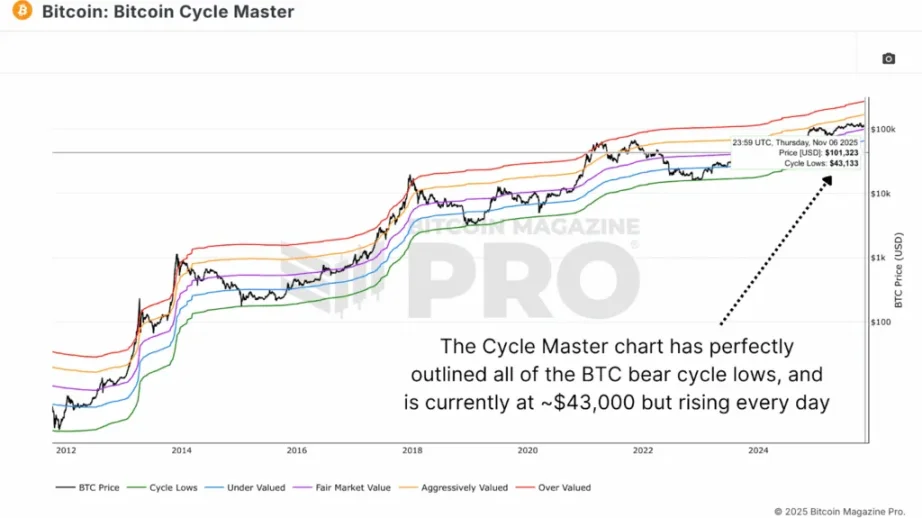UK stablecoin caps to stay until systemic risks fade
The Bank of England won’t lift its proposed stablecoin holding limits until it’s confident a flood of bank deposits into digital assets won’t threaten lending to the real economy, Reuters reported.
- The Bank of England will maintain proposed stablecoin holding limits until it deems risks to financial stability have subsided.
- The plan sets strict thresholds for individuals and corporations, with potential exemptions for major firms.
- The BoE and UK Treasury are also developing a resolution regime to handle potential stablecoin failures and protect market continuity.
According to a Reuters report on Oct. 15, the Bank of England will keep its proposed caps on stablecoin holdings in place until it is convinced that large-scale movement of deposits from banks into digital assets poses no threat to financial stability.
Deputy Governor Sarah Breeden said in a speech that unrestricted stablecoin adoption in the UK could drain liquidity from commercial banks and trigger a sudden contraction in credit for households and businesses.
UK’s cautious stablecoin framework for a still-forming market
The Bank of England’s proposal outlines strict thresholds on how much stablecoin individuals and businesses can hold at any given time. Earlier drafts of the plan suggested limits between £10,000 and £20,000 for individuals, and up to £10 million for corporate entities. The largest firms, however, may be exempted to accommodate operational or settlement needs.
Under Britain’s proposed regulatory framework, the Bank of England would oversee only systemic sterling-denominated stablecoins, including those deemed capable of being widely used for payments or posing a potential threat to financial stability. The Financial Conduct Authority would supervise the rest under a lighter regime.
Parallel to the cap discussion, the BoE is engaged in a critical, though less publicized, effort with the UK Treasury to design a resolution regime for stablecoin issuers. This work focuses on the “what if” scenario of a major stablecoin collapse. The goal is to ensure continuity of services for holders, preventing a disorderly failure from rippling through the financial system.
Meanwhile, Breeden’s firm stance arrives just a week after a Bloomberg report indicated the central bank was preparing to introduce exemptions for certain firms, a move seen as a concession to industry pressure. The UK faces increasing competition from the U.S., where the recent passage of the GENIUS Act has provided a clearer, if still evolving, pathway for dollar-backed stablecoins.
Disclaimer: The content of this article solely reflects the author's opinion and does not represent the platform in any capacity. This article is not intended to serve as a reference for making investment decisions.
You may also like
$PING rebounds 50%, a quick look at the $PING-based launchpad project c402.market
c402.market's mechanism design is more inclined to incentivize token creators, rather than just benefiting minters and traders.

Crypto Capitalism, Crypto in the AI Era
A one-person media company, ushering in the era of everyone as a Founder.

Interpretation of the ERC-8021 Proposal: Will Ethereum Replicate Hyperliquid’s Developer Wealth Creation Myth?
The platform serves as a foundation, enabling thousands of applications to be built and profit.

Data shows that the bear market bottom will form in the $55,000–$70,000 range.
If the price falls back to the $55,000-$70,000 range, it would be a normal cyclical movement rather than a signal of systemic collapse.

